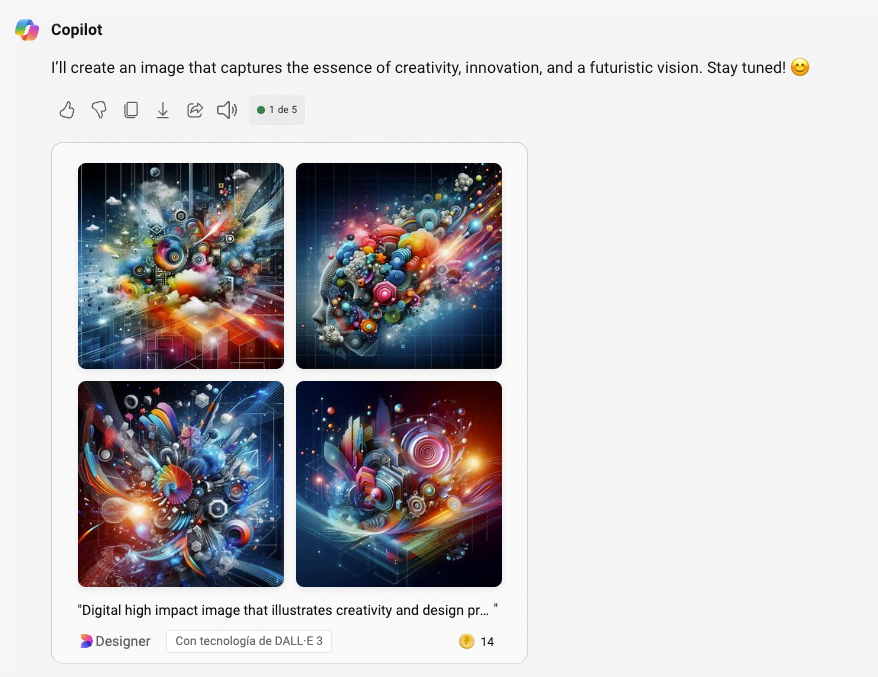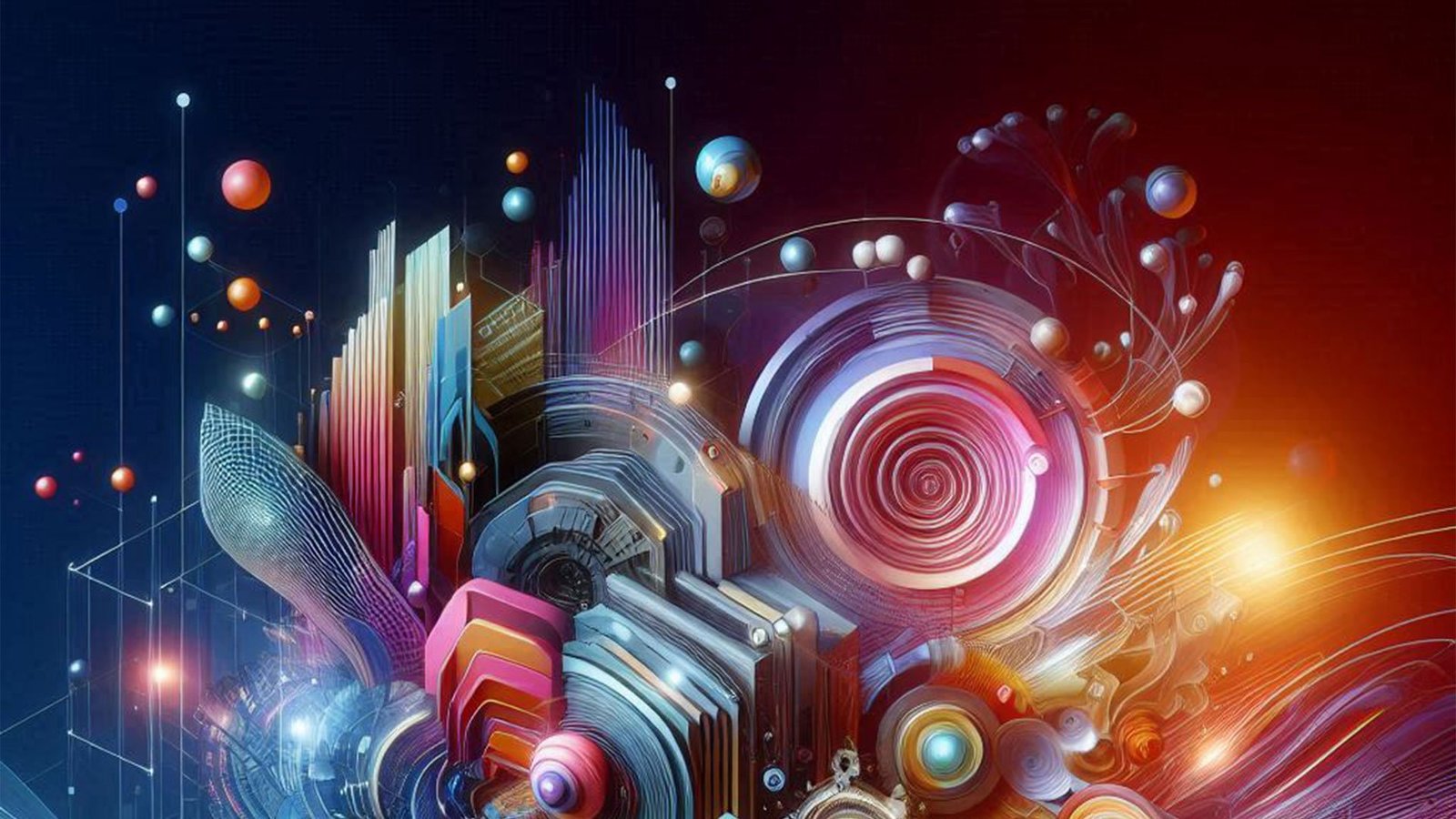Recently, there has been a boom in the availability of AI tools. New ones emerge and existing ones improve, making it sometimes difficult to choose. The creative process has different stages, and the work in each of them can be optimized using certain tools. Throughout this article, I will list the ones I currently choose.
Enhance Communication with Your Clients
The first essential point for any project to succeed, in my opinion, is communication. The exchange of ideas with the client must be of high quality. Using tools like Chat GPT, you can elevate the quality of communication. Here are some specific examples:
- Drafting detailed and precise briefs, facilitating work and ensuring results align with expectations.
- Organizing and assigning specific project tasks, keeping track of deadlines and sending reminders as needed.
- Centralizing all project documentation and files, keeping everything accessible in one place.
Personally, besides Chat GPT, I use Monica, a free all-in-one AI assistant. It allows you to chat, search, write, translate, among other things. Its Chrome extension is very practical as you have it handy all the time, and it also offers paid options that enable more tools.
“Chat GPT and Monica are my allies for clear and efficient communication with clients.”
Brainstorming and Creating Moodboards
The second stage I’d like to mention is brainstorming and creating moodboards. Whether for visual identity work or illustration projects, having a clear starting point that sets the aesthetic and conceptual foundation of the project is essential. AI has significantly optimized the design time for moodboards. Here are some specific uses:
- Chat GPT as an initial idea generator, based on trends, keywords, and project objectives.
- Researching themes, styles, color palettes, fonts, and relevant visual references, such as websites, portfolios, and graphic resources.
- Creating professional presentations, explaining the concept behind the moodboard in a persuasive and clear manner.
For image generation, I use tools like Copilos, Openart.ai, and Adobe Firefly, integrated with Adobe programs. These tools allow:
- Creating unique images based on specific descriptions, aligned with the project’s vision.
- Quickly creating visual prototypes to present to the client.
- Generating images in various styles (minimalist, vintage, futuristic, among others).
“AI has transformed moodboard creation, making the process faster and more effective.”

Final Design and Time Optimization
Finally, in the design stage, AI tools ensure quality and time optimization. Midjourney is the favorite of many, and I agree with this opinion. This AI program has evolved significantly, and the quality of the images generated surpasses the rest. Combined with Adobe’s AI tools, it’s an excellent combo. Some benefits include:
- Saving hours of manual work, allowing the designer to focus on creative direction and conceptualization.
- Automating tasks like color adjustments and formats, and applying filters, freeing up time for more strategic and creative tasks.
- Obtaining sharper, high-quality images effortlessly, with immediate availability of high-quality visual materials.
- For this stage, I prefer tools like Midjourney, Copilot, Adobe Firefly integrated with Adobe programs, Adobe Photoshop, and Adobe Illustrator.
Midjourney and Adobe Firefly are my allies for achieving high-quality designs in less time.
Conclusion
AI tools play a significant role in a designer’s professional life today. We can take advantage of them and find the most suitable one for each stage of our work. It is important to stay updated and use them responsibly. As professionals, we must use them to build quality visual communication, always considering the social impact of our work.


